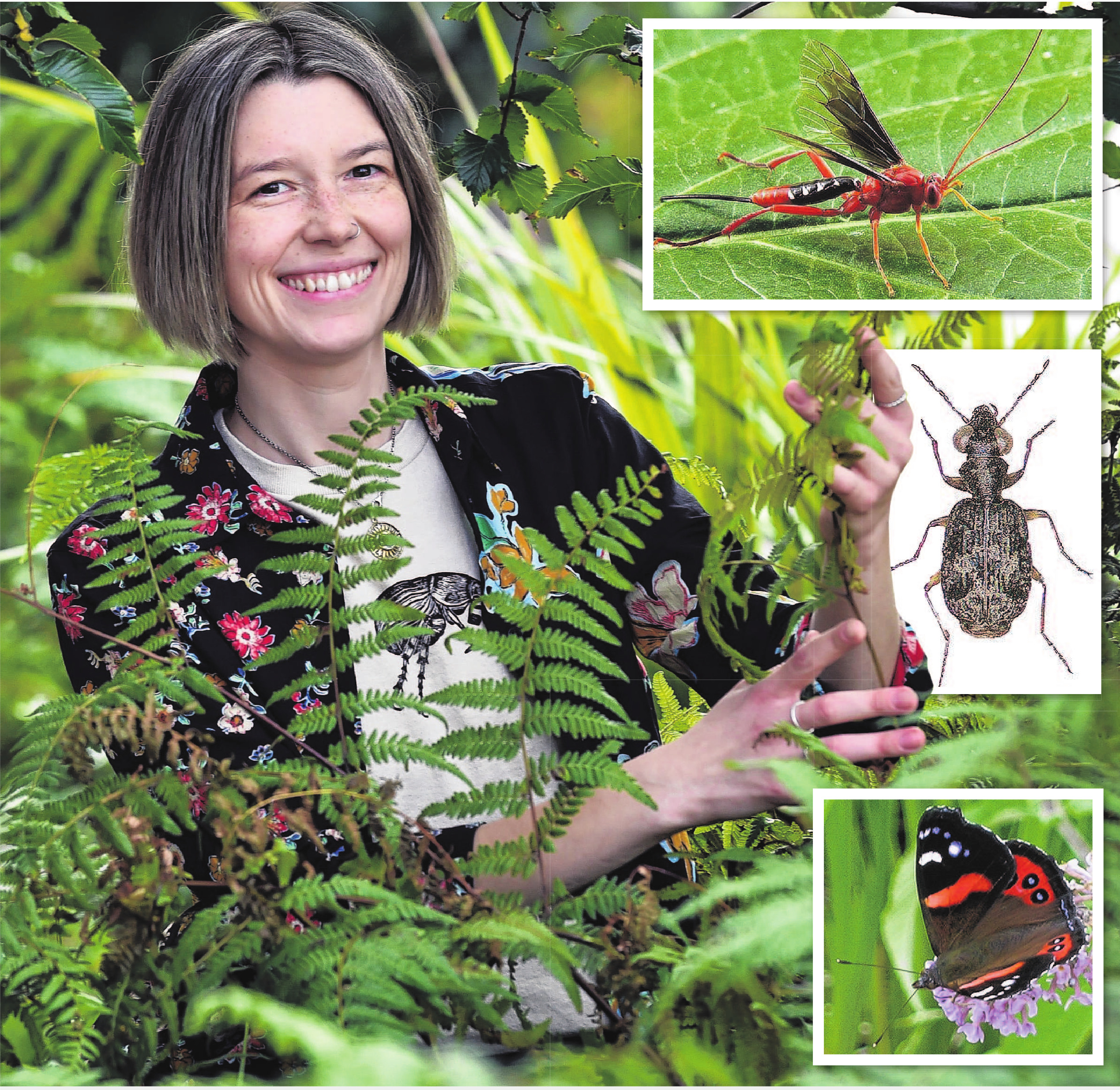New research shows the native gardens in the street are attracting a lot of insects and, within the next few years, that may start attracting native birds to the city centre.
University of Otago ecology PhD student Jacqui Theis is exploring how urban environments can better support biodiversity and human wellbeing and part of her work is focused on Dunedin’s George St upgrade.
In particular, she has been studying the new street-side planters to see if they can support and increase invertebrate diversity and has discovered encouraging signs they are operating as functioning habitats.
Miss Theis said she had been observing the street planters since they were put in and watching the colonisation rates of invertebrates.

It only took about one season for beetles to settle into the plots, and the fact there were many different functional groups of invertebrates was a good sign.
"The more insects we have, the better the health of our ecosystem.
"Insects obviously have really important functions in our ecosystem — they are great pollinators, they are decomposers and they are also a food source for our other native wildlife.
"We have herbivores, detritivores, we have fungivores and also predators.
"Predators are really, really important, because if you have predator beetles on George St, that means that there’s enough insects for them to eat, which means, overall, it’s functioning as a good habitat.
"And it only took about two years for ground-dwelling predator beetles to arrive on George St."
She said the Dunedin City Council was hoping not to just increase biodiversity but also aimed to create a connection to other more naturalised areas around the city, such as the Town Belt, Ross Creek and other parks and wooded areas.
"It looks like it’s working.
"For insects — or any species really, even birds — to travel through urban centres, it is quite difficult unless you have some green installations or trees pop up.
"The street-side planters are acting as what is ecologically called stepping-stone habitats — places where any wildlife can stop, hang out for a while and then keep travelling.
"The fact that we now have beetles that are usually only dispersed by crawling on the ground arriving in these planters — they must have come from somewhere.
"So the connectivity is working," Miss Theis said.
The increase in invertebrate activity in the city centre meant it was more likely native birds would come into the city centre as well.
But it could be another few years before that would happen. t
"It’s not really common to have them in the city centre.
"It will take a wee while yet, but generally speaking, the more native vegetation we have, and the more invertebrates we have, the more we can expect to see native wildlife at some point in the future."
She believed smaller birds would arrive initially, followed by tui and bellbirds.
On that basis alone, she believed the George St upgrade had been "a really positive change".
"It is so nice to see that people appreciate the new George St upgrade, especially since time spent in, and interacting with, nature is linked to positive mental and physical wellbeing outcomes."












